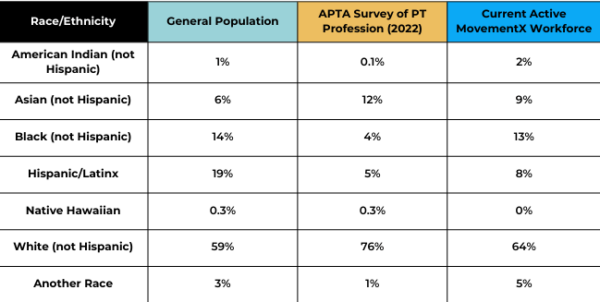The Most Flexible, Fun, and Fulfilling Physical Therapy Career
Are you a PT looking for more autonomy, stable benefits, higher pay, and less burnout? Join our team to make your dream PT job a reality.
We’re offering a limited number of invitations to physical therapists in eight exclusive regions. Request yours below.
The Most Flexible, Fun, and Fulfilling Physical Therapy Career
Are you a PT looking for more autonomy, stable benefits, higher pay, and less burnout? Join our team to make your dream PT job a reality.
We’re offering a limited number of invitations to top physical therapists who share our values. Request yours below.
As Featured In…






Reignite Your PassionReclaim Your TimeRediscover Your Career
Rediscover Your Career
High productivity standards, low pay, and constant admin burden are burning out up to 50% of PTs in traditional clinic settings.
At MovementX, we believe physical therapists deserve more—more flexibility, income, benefits, and job satisfaction.
You no longer have to choose between flexibility or stability. As a MovementX PT, you can have both.
Full & Part-Time PT Jobs Available Now
MovementX is now hiring for a limited number of full-time physical therapist positions in our strongest regions around the US:
OUR CULTURE
Moving Beyond the Traditional PT Mill
MovementX was originally founded by four physical therapists who believed in a better way of caring for their patients. Nine years later, our nationwide organization remains values-driven to empower all of our PTs to practice at the top of their game.
FEATURES AND BENEFITS
What Our PTs Love About MovementX
As a MovementX provider, you enjoy all of the benefits of running your own practice—without the headaches.
★ ★ ★ ★ ★
Almost too good to believe? We hear that a lot.
Check out what our PTs are saying on Glassdoor.
FREQUENTLY ASKED QUESTIONS
How MovementX Works
Learn more about how MovementX helps PTs practice with more flexibility, fulfillment, and income potential.
MovementX Company Overview
Application & Hiring Process
Compensation & Benefits
Patient Care & Treatment
Marketing & Caseload Building
Work Environment & Culture
Technology & Resources
Professional Development
A Week In The Life as a MovementX Provider
We’re setting a new standard of work-life balance. Imagine having more time with your family, more time for your morning routine, and more time with your patients. Most MovementX providers see about 4 patients per day and maintain a comfortable six-figure PT salary (one that’s more than $35,000 more than national averages). Click here to read more about what your typical week might look like if you join MovementX.
Discover the MovementX Difference
As a MovementX provider, you’ll step into a thriving ecosystem where the ultimate goal is your success.
You’ll instantly receive the strong community support, marketing expertise, schedule flexibility, full-time benefits, and growth opportunities you need to thrive as a PT.
Rather than risking multiple years and further debt to reinvent the private practice wheel—join MovementX and say hello to your dream PT career where you can truly thrive.
Check Out Our PT Resources
Stay up-to-date with the latest cash-pay physical therapy content and PT career updates from MovementX.
Read More of Our Glassdoor Reviews
WHO WE LOOK FOR
Are You Ready to Join Our Team?
MovementX isn’t for everyone. But if you answer “Yes!” to all of the questions on the right, we strongly encourage you to schedule a discovery call to learn more. This simply gets you in touch with our team to chat more about what your career would look like.
If you’re uncertain and want to see if you’re ready to succeed as the next MovementX physical therapist, click the button below.k Thie our readiness quiz by cl by clicking






































